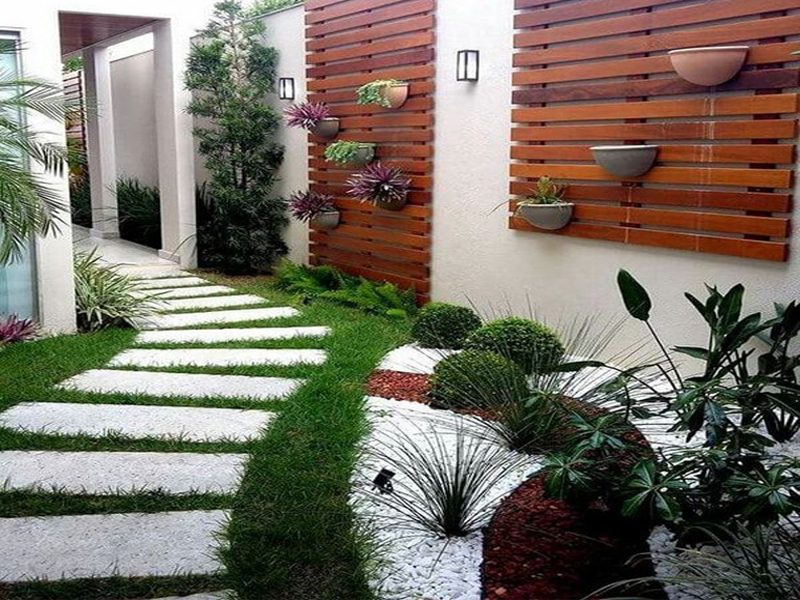A well-designed landscape has the power to transform any space, turning it into a breathtaking oasis of beauty and tranquility. Landscaping is more than just planting a few flowers and trimming the hedges; it is an art form that combines creativity, functionality, and environmental consciousness. In this article, we will explore the unique aspects of landscaping and how it can enhance your outdoor space.
First and foremost, landscaping is about creating harmony between nature and architecture. It takes into account the natural elements of the area, such as the topography, soil quality, and climate, and uses them as a canvas to design a cohesive and visually appealing space. Whether you have a sprawling backyard or a small balcony, landscaping can be tailored to fit any size or shape.
One of the key elements of landscaping is the careful selection and placement of plants. The choice of plants should consider factors such as color, texture, and seasonal variations to create an ever-changing tapestry of beauty. Native plants are often favored in landscaping projects as they are adapted to the local environment and require less maintenance. Additionally, they promote biodiversity and attract local wildlife, adding to the ecological value of the space.
In addition to plants, landscaping incorporates various hardscape features that add structure and functionality to the design. Patios, pathways, decks, and fences are some examples of hardscaping elements that can define different areas within the landscape. These features not only serve practical purposes but also contribute to the overall aesthetic appeal of the space.

Water features are another captivating aspect of landscaping. Ponds, waterfalls, and fountains can create a soothing ambiance while providing a habitat for aquatic plants and animals. The gentle sound of flowing water can drown out noise pollution and create a peaceful atmosphere, making your outdoor space a perfect retreat from the hustle and bustle of everyday life.
Furthermore, landscaping can incorporate sustainable practices to promote environmental stewardship. Rainwater harvesting systems, for instance, can collect and store rainwater for irrigation, reducing the need for excessive water consumption. Installing energy-efficient lighting and utilizing native, drought-tolerant plants can help conserve resources and minimize the ecological footprint of the landscape.
Landscaping is not just about aesthetics; it also offers numerous benefits for homeowners. A thoughtfully designed landscape can increase property value, making it a wise investment. It provides a space for relaxation, recreation, and socializing, improving the quality of life for residents. Moreover, a well-maintained landscape can contribute to energy efficiency by providing shade, reducing heat island effect, and improving air quality.
The art of landscaping extends beyond the initial design and installation. Regular maintenance is crucial to preserve the beauty and functionality of the landscape. Pruning, fertilizing, and weed control are some of the essential tasks that ensure the longevity of plants and keep the landscape looking its best. It is advisable to seek professional assistance for larger projects or when dealing with complex designs.
In conclusion, landscaping is a multifaceted art form that combines nature, creativity, and practicality. It has the power to transform any outdoor space into a haven of beauty and tranquility. From the careful selection of plants and hardscape features to the incorporation of sustainable practices, landscaping offers a unique way to revitalize your surroundings. So why not embark on this artistic journey and create a landscape that reflects your personality and provides endless enjoyment for years to come?


